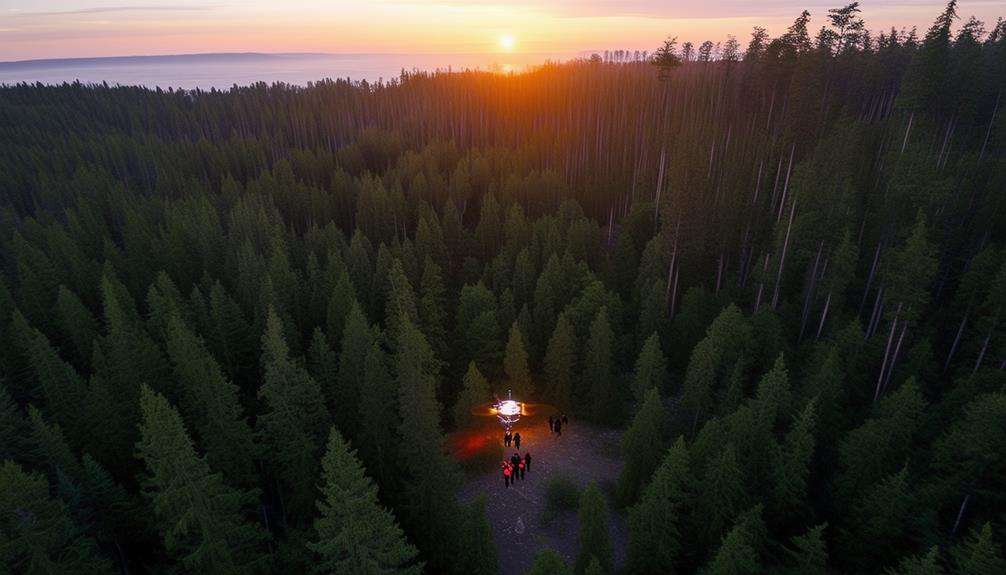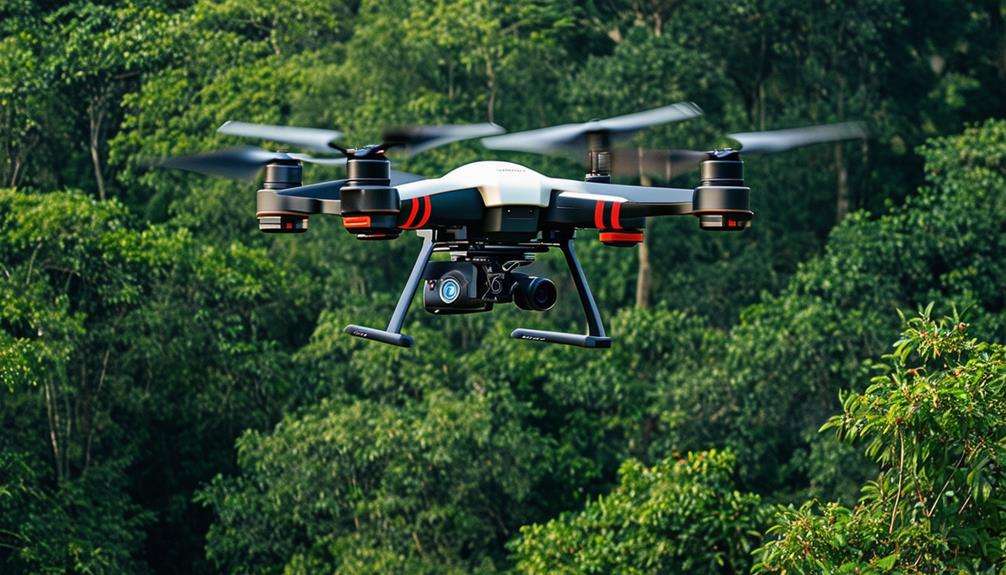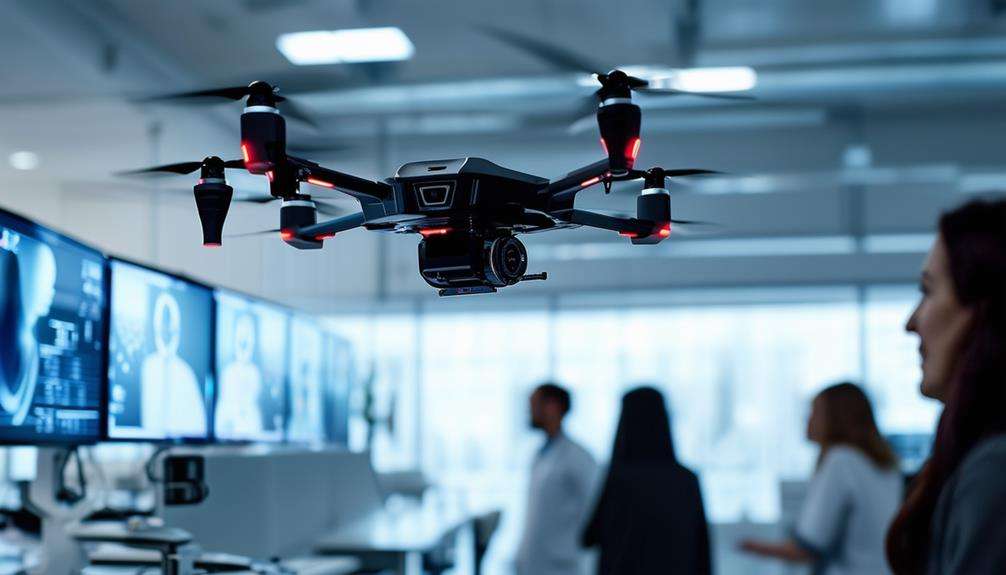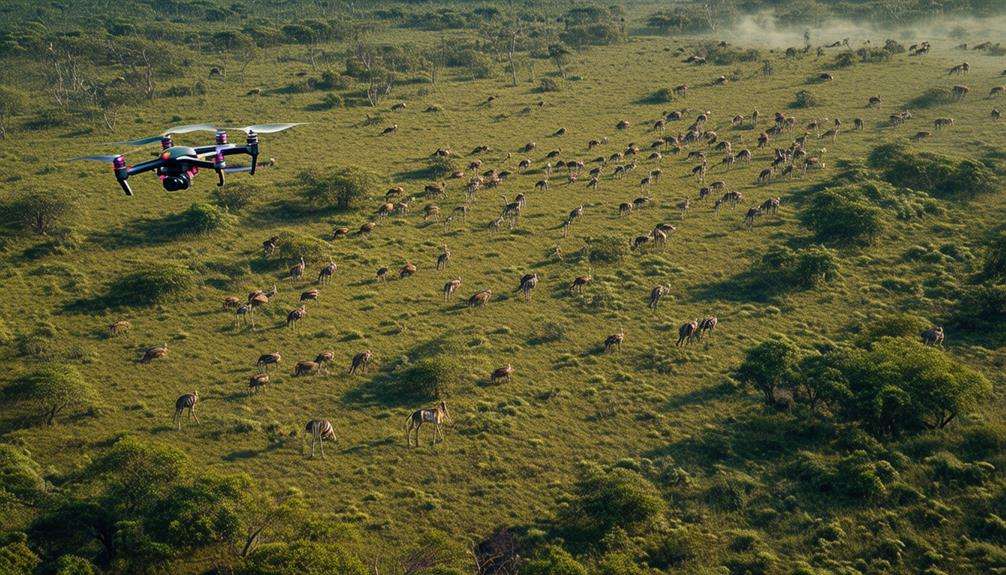Are Homemade Drones Legal?
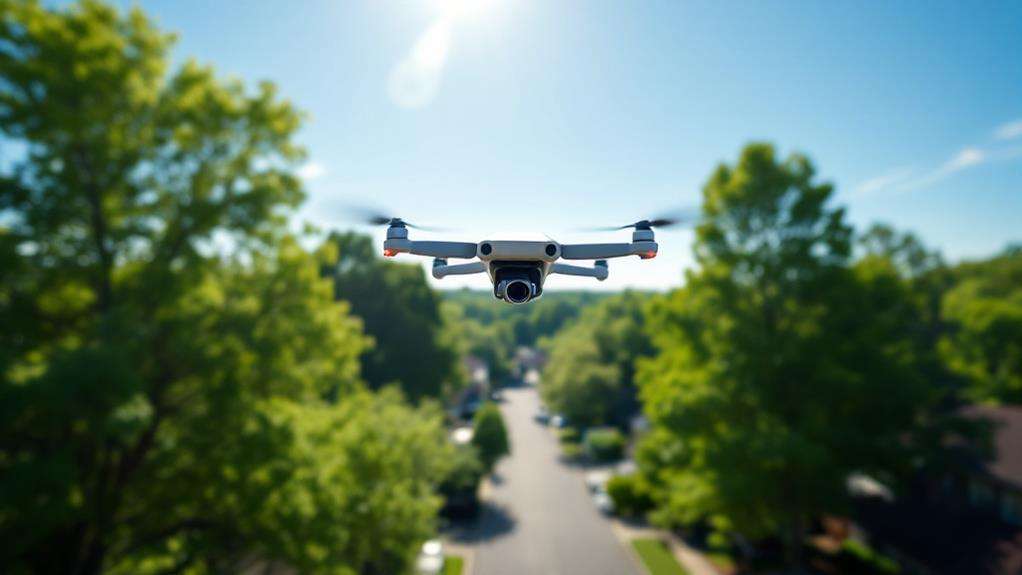
Yes, homemade drones are legal in the U.S., but you've got to adhere to FAA regulations. If your drone weighs between 0.55 and 55 pounds, registration with the FAA is mandatory, costing $5 every three years. Display the registration number on your drone and keep your certificate handy during flights. Stay below 400 feet and within your line of sight. Recreational flyers must complete the TRUST test, while commercial operators need a Remote Pilot Certificate. Be aware of state and local laws as they can add extra rules. There's more detail to ensure your drone stays in the law's good graces.
Key Takeaways
- Homemade drones are legal if they comply with FAA regulations for drones weighing 0.55 to 55 pounds.
- Registration of homemade drones with the FAA is mandatory, costing $5 and valid for three years.
- Drones must display the FAA registration number and carry the registration certificate during operations.
- Recreational users need to pass the TRUST test, while commercial users require a Remote Pilot Certificate.
- Compliance with local laws and privacy regulations, like the Texas Privacy Act, is required for legal operation.
FAA Regulations for Homemade Drones
When it comes to homemade drones, understanding FAA regulations is crucial to ensure compliance and safe operation. As a drone enthusiast, it's essential to know that all homemade drones weighing between 0.55 and 55 pounds must be registered with the FAA. This registration process is straightforward, costing $5 and remaining valid for three years. Each drone must be labeled with its FAA registration number before taking flight, and you should always carry the registration certificate during operations. Additionally, it's important to be aware of local municipal regulations that may impose stricter guidelines on drone usage, as non-compliance can lead to fines or legal repercussions. Operating homemade drones requires adhering to the same flight rules as commercially manufactured drones. This includes maintaining a visual line of sight and not exceeding a maximum altitude of 400 feet. If you're using your homemade drone for commercial purposes, you must comply with Part 107 regulations. This involves obtaining a Remote Pilot Certificate and following specific operational guidelines.
Additionally, compliance with the Remote ID rule, effective from September 16, 2023, is mandatory. This rule enhances safety and accountability in the airspace by requiring drones to broadcast identification and location information. Staying informed and compliant with these FAA regulations ensures a safe and legal experience with your homemade drones.
Drone Registration Requirements
Understanding FAA regulations for homemade drones sets the stage for grasping the specific requirements for drone registration. If your homemade drone weighs between 0.55 pounds and 55 pounds, FAA registration is mandatory. This applies to all UAS, whether they're homemade or commercially manufactured. Violating regulations can result in serious legal consequences and financial penalties, highlighting the importance of compliance. To complete the drone registration, head over to the FAADroneZone website. The registration costs just $5 and is valid for three years, which is a small price for peace of mind.
During the registration process, you'll need to provide your physical and mailing addresses, email, phone number, and the drone's make and model. This information ensures that your homemade drones are properly documented. Once registered, you'll receive a registration certificate that you must carry with you whenever you fly. It's crucial that your drone displays its registration number before any operation. This not only keeps you compliant with FAA rules but also helps in identifying your drone if needed.
Recreational and Commercial Use
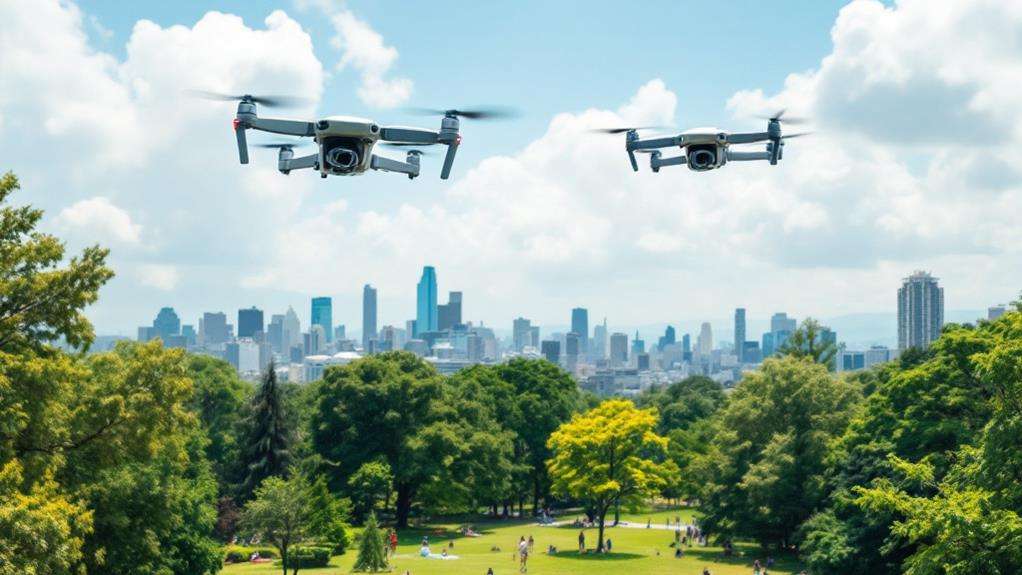
Why should you care about the differences between recreational and commercial use of homemade drones? Understanding these distinctions is crucial to ensure you're flying legally and safely. Whether you're flying for fun or profit, the FAA regulations play a big role in how you can use your homemade drones. For recreational use, you need to pass The Recreational UAS Safety Test (TRUST) and keep proof of completion with you during flights. Your drone must also be registered if it weighs between 0.55 pounds and 55 pounds.
| Recreational Use | Commercial Use |
|---|---|
| Pass TRUST | Obtain Remote Pilot Certificate |
| Visual line of sight required | Visual line of sight required |
| Max altitude: 400 feet | Max altitude: 400 feet |
For commercial use, things get a bit more serious. You'll need to obtain a Remote Pilot Certificate, and your homemade drone must meet specific safety standards. All drones—regardless of use—must fly within a visual line of sight and cannot exceed a maximum altitude of 400 feet. If your homemade drone is used commercially, additional certifications or exemptions might be necessary, depending on its weight and application. Staying informed about these requirements can save you from hefty fines and ensure a safe flying experience.
State and Local Laws
Navigating state and local laws is crucial when flying homemade drones in Texas. The operation of unmanned aircraft, including homemade drones, must comply with federal requirements like registration with the FAA. If your drone weighs between 0.55 and 55 pounds, you must register it for a $5 fee, which lasts three years. However, that's just the start. State laws and local ordinances also play a critical role in defining how you can legally operate your homemade drone.
The Texas Government Code Chapter 423 outlines the lawful use of unmanned aircraft. It specifies what activities are permitted and warns against potentially harmful activities. For example, maintaining a visual line-of-sight is crucial, ensuring you can always see your drone while it's in the air. Altitude restrictions are also enforced, both federally and by the state, to keep airspace safe for everyone.
Local ordinances might impose additional restrictions, like prohibiting the operation of drones in parks or public spaces without proper authorization. Before flying, always check local laws to avoid fines or penalties. Understanding these rules helps ensure safe and lawful drone operation in Texas.
Privacy and Safety Concerns
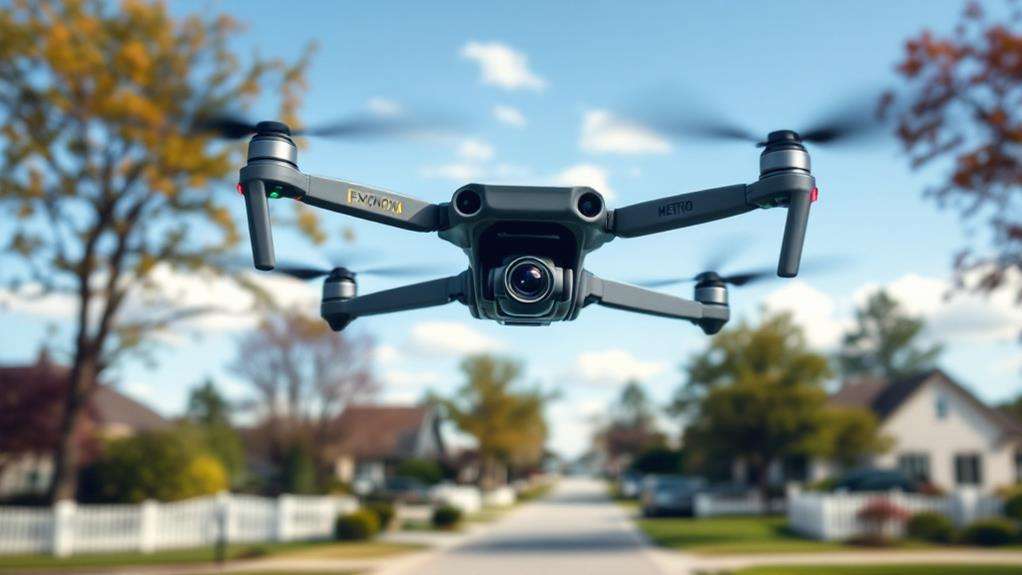
How do you ensure your homemade drone isn't infringing on someone's privacy or compromising safety? First, comply with FAA regulations by registering your homemade drone if it weighs between 0.55 and 55 pounds. This ensures accountability and adherence to safety concerns. The Texas Privacy Act highlights the importance of respecting privacy rights, so avoid capturing images or videos without consent. Be mindful of local ordinances which might restrict drone usage in sensitive areas like schools and parks.
| Key Aspect | Action Required | Importance |
|---|---|---|
| FAA Regulations | Register drones weighing 0.55 - 55 pounds | Ensures accountability and safety |
| Privacy Rights | Avoid capturing images without consent | Prevents legal issues |
| Local Ordinances | Check for restrictions in sensitive areas | Respects community rules |
| Operational Guidelines | Conduct regular maintenance | Prevents accidents and property damage |
Safety concerns include potential accidents or malfunctions. Regular maintenance is essential, adhering to operational guidelines to prevent injuries or property damage. Flying your homemade drone over private property can lead to trespass or nuisance claims, so maintain open communication with neighbors and respect their privacy rights. Awareness of these factors ensures responsible drone usage, balancing innovation with community respect. By following these guidelines, you can enjoy your homemade drone while minimizing risks.

